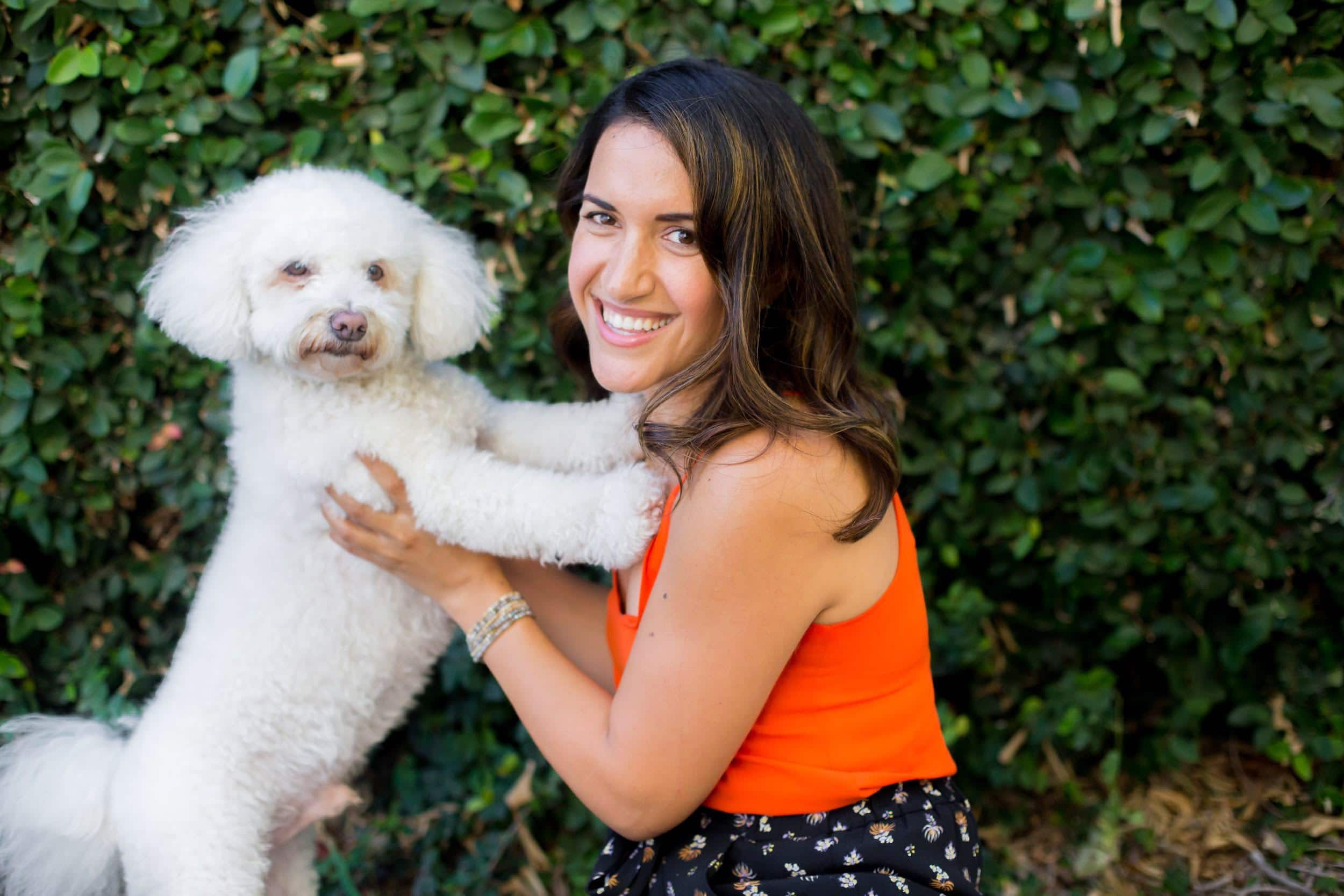Your Child is Talking But You Just Don’t Understand Them: Why?
“I cant understand what my own kid is saying”
“Nobody can understand her except me”
“Other kids his age just sound different”
Have you ever struggled to understand your little one? Or have you felt like you are the only one that does and others look to you to be your kiddo’s interpreter? This is a common concern I hear from many parents quite often.
For you, this is super frustrating and overwhelming as you just want to understand your little one as they are beginning to share their thoughts, feelings and ideas. Even more so, this gets really frustrating for your kiddo when they are talking but they aren’t really feeling understood or heard by others.
Developing speech sounds and then putting those sounds together to formulate words, phrases and sentences is a very intricate process. One that is particularly fascinating for me as it really draws attention to our most underrated muscles: our mouth muscles! So often, when we think of our muscles, we think of triceps, biceps, hamstrings, abdominal muscles; all those muscle groups we work so hard on at the gym or in our fitness classes. But what we never give enough attention to is the over 50 muscles in our mouth that aide in some of the most important activities we engage in on a day-to-day basis, like feeding, swallowing and talking!
Being a huge advocate on treating the whole child and utilizing a more holistic approach to child development, I strongly believe that in creating awareness around the little things, we create more success around the bigger things. So, for all of you wondering: should I be concerned or how do I help my kiddo, here are a few simple reminders:
- Between the ages of 1-2, your little one should be approximately 50% intelligible. That means familiar listeners (or people that are often around your child) understand what he is saying 50% of the time.
- Between the ages of ages of 3-4, your little one should be approximately 75% intelligible.
- At around the age of 5 and up, your kiddo should be approximately 90-100% intelligible to both familiar and unfamiliar listeners
Some important questions to think about:
- Does the listener impact the ability for my kiddo to be understood? For example, do mom and dad understand him much better than a relative that he sees a few times a year?
- Does the context impact my kiddo’s ability to be understood by others? For example, if you know your kiddo is played with Lego at school and is telling you about his day, can you understand him more versus when you don’t know what he played with at school?
Starting from infancy, there are several ways you can draw more focus to your little one’s mouth muscles. Here are a few tips on how to do that:
- Make exaggerated mouth movements: I know this may seem silly and feel funny at first, but the bigger the movement, the better! This helps increase range of motion and coordination of different mouth movements.
- Make silly faces and even incorporate sounds: Wiggle your tongue from side to side, open your mouth wide, make consonant-vowel combinations using an exaggerated range of motion (i.e. MA-MA, DA-DA, BA-BA-BA).
- Sing songs: Pick songs with lots of repetition like Wheels on the Bus or Old McDonald.
- Use a mirror to provide visual feedback: For older kiddos, place a mirror in front of your little one so that they can see their own mouth movements and imitate the ones you are doing.
- Use favorite foods in or around the mouth to bring awareness and stimulate more mouth muscle movements: Place dots of chocolate syrup, peanut butter or agave in or around your kiddos mouth and see if they can use just their tongue to take it off. Exercises like this help develop strength and coordination of mouth muscles.
- Bring objects close to mouth as you label the item: I always bring desired items close to my mouth and then label the item, again, using that exaggerated mouth movement, so that my kiddos are really paying attention to how my mouth is forming
- Use the senses: Blow bubbles, blow raspberries, use a toothbrush to bring awareness to the tongue, lips, cheek and palate.
The age at which our little ones begin to acquire various speech sounds varies, but always trust your gut! If you feel after reading this “I think my little one may need a little extra support,” or if you just want some more ideas on how to increase your little one’s mouth muscle strength, coordination and range of motion, head on over to my appointment calendar and schedule a complimentary consultation with me today!

Sholeh Shahinfar, MA, CCC-SLP, RYT
Sholeh Shahinfar is the Founder of Valued Voices, a licensed Speech Language Pathologist, Child Communication Specialist and Certified Oral Motor Therapist. She is passionate about uplifting children’s voices in the world and inspiring self-expression. In her free time, Sholeh embraces a vegan lifestyle, loves going to the ocean, exploring nature with her pup Kobe, practicing yoga, traveling, and spending time with her loved ones.

